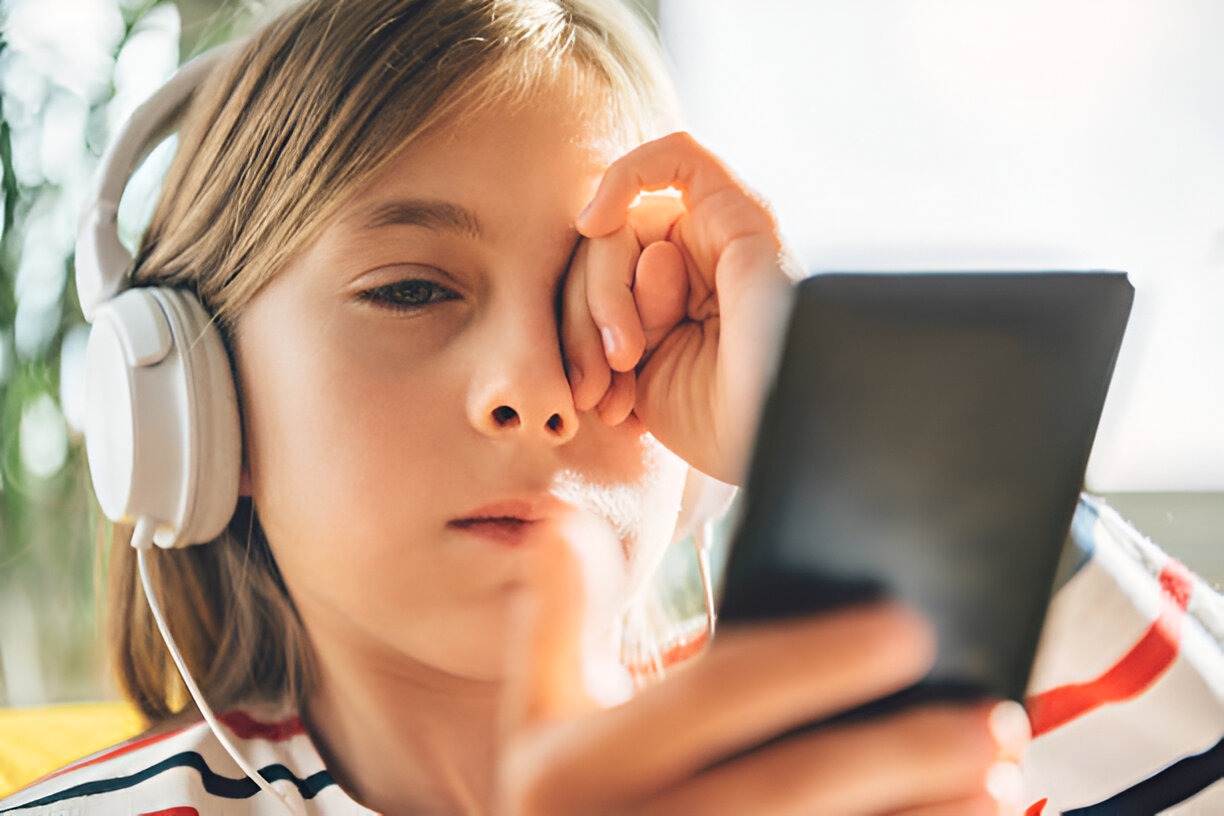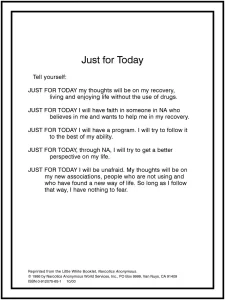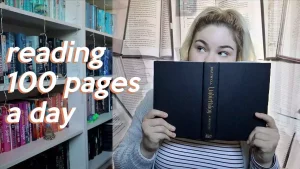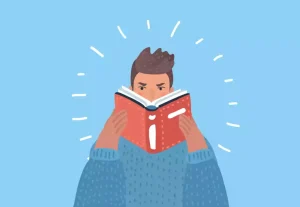Reading with one eye closed might sound unusual, but it has been a practice for many individuals, especially those with specific eye conditions. This technique can offer various benefits, including improved focus and reduced eye strain. Let’s delve into the details and understand why some people prefer this method and how it can be beneficial.
Understanding the Phenomenon
What is Reading with One Eye Closed?
Reading with one eye closed involves covering or closing one eye while reading text. This practice is often adopted by individuals with eye conditions such as amblyopia (lazy eye), strabismus (crossed eyes), or eye dominance issues. By closing one eye, they can reduce double vision, improve focus, and alleviate discomfort.
Historically, this technique has been used by people with monocular vision (vision in one eye) to enhance their reading experience. For instance, during the 19th century, individuals with eye injuries or conditions often resorted to this method to read comfortably.
Common Causes and Conditions
Several conditions can lead to the practice of reading with one eye closed:
• Amblyopia (Lazy Eye): A condition where one eye is weaker than the other, causing the brain to favor the stronger eye.
• Strabismus (Crossed Eyes): A condition where the eyes do not align properly, leading to double vision.
• Eye Dominance: When one eye is more dominant, closing the weaker eye can help improve focus.
• Temporary Eye Strain: Prolonged reading or screen time can cause eye strain, and closing one eye can provide relief.
Potential Benefits
Improved Focus and Concentration
One of the primary benefits of reading with one eye closed is improved focus. By eliminating the input from the weaker or misaligned eye, individuals can concentrate better on the text. This can be particularly helpful for those with eye dominance issues or conditions like amblyopia.
Reduced Eye Strain
Reading for extended periods can cause eye strain, leading to discomfort and headaches. Closing one eye can reduce the strain on the eyes, making reading more comfortable. This technique can be especially beneficial for individuals who spend long hours reading or working on screens.
Challenges and Considerations
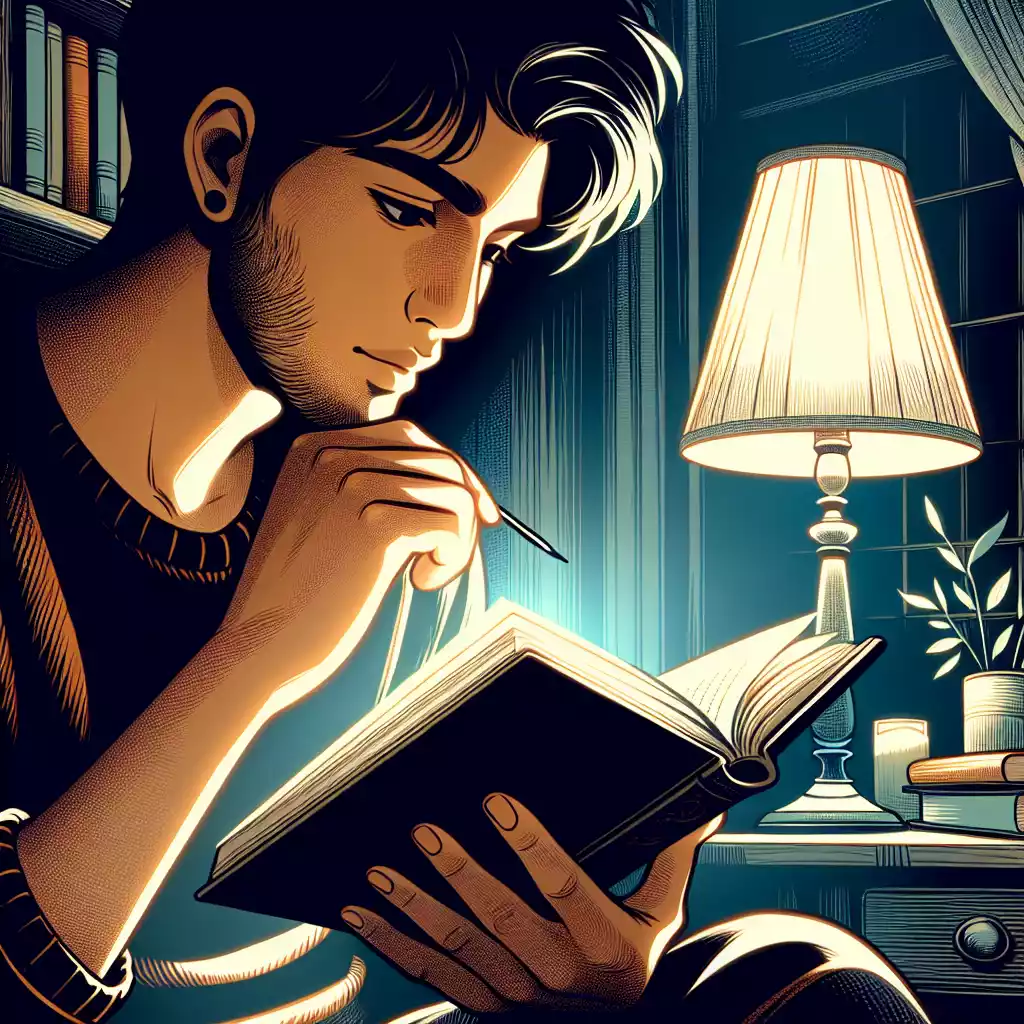
Potential Drawbacks
While reading with one eye closed can offer benefits, it also has potential drawbacks:
• Discomfort: Prolonged use of this technique can cause discomfort or fatigue in the closed eye.
• Reduced Depth Perception: Closing one eye can affect depth perception, making it challenging to judge distances accurately.
• Eye Muscle Imbalance: Over time, relying on one eye can lead to muscle imbalance, affecting overall eye health.
When to Seek Professional Advice
It’s essential to consult an eye care professional before adopting this technique, especially if you have underlying eye conditions. They can provide personalized advice and recommend appropriate treatments or exercises to improve your vision.
Techniques and Tips
How to Practice Reading with One Eye Closed
If you decide to try reading with one eye closed, here are some tips to get started:
• Use an Eye Patch: An eye patch can help cover the weaker eye comfortably.
• Alternate Eyes: Switch between eyes periodically to avoid muscle imbalance.
• Take Regular Breaks: Give your eyes a rest every 20 minutes to prevent strain.
Tools and Aids to Assist
Several tools and aids can assist in reading with one eye closed:
• Specialized Glasses: Glasses with one lens covered can help reduce strain.
• Ergonomic Reading Setups: Proper lighting and comfortable seating can enhance the reading experience.
• Eye Exercises: Regular eye exercises can strengthen the weaker eye and improve overall vision.
Real-Life Applications

Case Studies and Testimonials
Many individuals have shared their experiences with reading with one eye closed. For instance, a study published in the *Journal of Optometry* highlighted the benefits of this technique for individuals with amblyopia. Participants reported improved focus and reduced eye strain after practicing this method.
Practical Uses in Daily Life
Reading with one eye closed can be useful in various daily activities, such as:
• Reading Books: Enhancing focus and reducing strain during prolonged reading sessions.
• Working on Screens: Alleviating discomfort during long hours of computer work.
• Driving: Improving focus and reducing double vision for safer driving.
Relevant Data Table For The Reading with One Eye Closed
| Aspect | Details |
|---|---|
| Definition | Reading with one eye closed involves covering or closing one eye while reading text. |
| Common Causes | Eye dominance, amblyopia, strabismus, or temporary eye strain. |
| Potential Benefits | Enhanced focus, reduced double vision, and decreased eye fatigue. |
| Potential Drawbacks | Possible discomfort reduced depth perception, and eye muscle imbalance. |
| Techniques | Using an eye patch, alternating eyes, and taking regular breaks. |
| Tools and Aids | Specialized glasses, eye patches, and ergonomic reading setups. |
FAQs
1. Is it harmful to read with one eye closed?
– Reading with one eye closed can be beneficial for some individuals, especially those with specific eye conditions. However, it can also cause discomfort or other issues if done excessively. It’s essential to consult an eye care professional before adopting this technique to ensure it is safe for your specific situation.
2. Why do some people prefer reading with one eye closed?
– Some people prefer reading with one eye closed because it can help improve focus and reduce eye strain. This technique can be particularly helpful for individuals with eye dominance issues, amblyopia, or strabismus. By closing one eye, they can eliminate double vision and concentrate better on the text.
3. Can reading with one eye closed improve vision?
– While reading with one eye closed may help manage symptoms of specific conditions, it is not a cure for vision problems. It can provide temporary relief and improve focus, but it is essential to seek professional advice for long-term vision improvement. Eye exercises and treatments prescribed by an eye care professional can be more effective in improving vision.
4. Should I consult a doctor before trying this technique?
– Yes, it is advisable to consult an eye care professional before trying this technique. They can provide personalized advice and recommend appropriate treatments or exercises to improve your vision. An eye care professional can also help identify any underlying conditions that may require medical attention.
5. Are there any tools or aids to assist in reading with one eye closed?
– Several tools and aids can assist in reading with one eye closed, including specialized glasses with one lens covered, eye patches, and ergonomic reading setups. These tools can help reduce strain and make the reading experience more comfortable. Additionally, regular eye exercises can strengthen the weaker eye and improve overall vision.
Conclusion
Reading with one eye closed can offer various benefits, particularly for individuals with specific eye conditions. However, it is essential to understand the potential drawbacks and seek professional advice before adopting this practice. By using the right techniques and tools, you can make the most of this unique reading method.
References:
– Journal of Optometry
– American Academy of Ophthalmology
– National Eye Institute
The Routine I Used To Read 25,127 Pages Last Year.
Posts References:
If I close one eye I can read easier. Should I be seen by an eye doctor?
Closing one eye while reading? – OptiBoard Discussion Forums
Say hello to Nora J. Wilson, a spirited blogger whose heart beats for storytelling and connection. Nora J. Wilson is the owner and chief editor of Readingszone.com. Hailing from the vibrant streets of Brooklyn, Nora brings to life the pages of her blog with a degree in English Literature from Yale University. Contact her via e-mail norajwilson101@gmail.com

